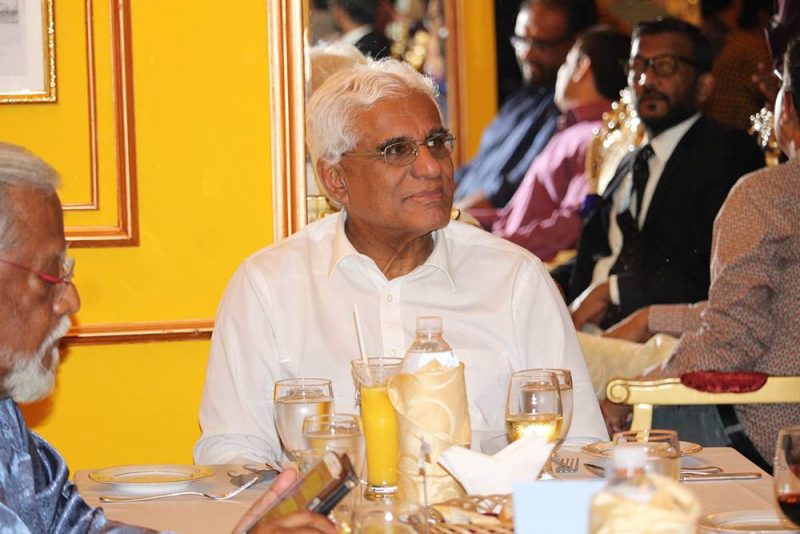The Sri Lankan Rupee (LKR) dropped 16% in 2018, a drop that shook the confidence in the currency and the nation's economy. However since bottoming out at around Rs183 to the dollar, the LKR has rebounded close to 3% and currently sits at 178 to the dollar. Sri Lanka's constitutional crisis is over. Normalcy has been restored and the economy is stable. Despite the fear mongering and negativity that has resulted from the political turmoil, many positives have emerged as a result of the crisis. Democracy has been strengthened. The constitution has been upheld and given teeth by the Supreme Court. Independent commissions and the Constitutional Council are functioning and providing an essential check on executive power. On the capital markets front, outflows from the bond market seem to have finished. In fact there are some signs of a reversal. There is now less than a billion dollars in total invested in the local Sri Lankan bond market, so there is not much money left to flow out anyway. The reservoir levels throughout the country have been healthy, indicating that agriculture and hydropower generation should perform much better in the next 12 months than they have in the previous year. Tourism is strong and likely to get much stronger, having emerged relatively unscathed from the constitutional crisis. Most importantly, the Central Bank has gained much credibility since the appointment of Governor Indrajit Coomaraswamy. The Governor's steady leadership during one of the worst of Sri Lanka's political crises has to be commended and surely inspires confidence. The ultimate test of that confidence will be a billion dollar sovereign bond offering. If Sri Lanka is able to tap the global bond markets in a successful offering, it could possibly signal a multiyear bottom for Sri Lanka's currency. Political stability is on the horizon after the next presidential election, a poll which must be held in less than one years time. At the latest by January 9th, 2020, Sri Lanka will have a new president with a fresh 5-year term. Significant investments coming on the back of Chinese mega-projects like Colombo Port City and others are about to kickstart the economy. Confidence is slowly returning and with that animal spirits will again appear in the economy. Despite the constant chorus of negativity, Sri Lanka is poised for an economic resurgence. At Rs183/US$ we may have seen a generational bottom in the Sri Lankan Rupee. As unbelievable as it may sound, consistent devaluation may be a thing of the past.Net Foreign Investor's fund flow to #SriLanka LKR denominated Bond turned positive for second consecutive week. They added LKR 925Mn worth of securities, while net foreign investment to stocks turned to negative during the this week by LKR 415Mn. pic.twitter.com/Da5CdREhuv
— Sanjeewa Dayarathne (@DayarathneSa) February 1, 2019
Opinion: The Sri Lankan Rupee has bottomed

Governor Indrajit Coomaraswamy at the Horton Debate organised by LBO
February 7, 2019 (LBO) - As the year 2018 drew to a close, the Sri Lankan currency was under attack on several fronts. The trajectory and forecasts of U.S. federal reserve tightening were causing a major exodus from Sri Lanka's capital markets. The trade deficit was unfavourable due to a credit boom, and GDP growth was sputtering for various reasons. With this problematic backdrop, a political inferno was also ignited.
Outflows from stocks and bonds totalled more than a billion dollars in 2018. These outflows were initially caused by the general trend of outflows from emerging markets on the back of fed tightening. However, capital flight in Sri Lanka ratcheted up into high gear during the country's recent constitutional crisis which the Speaker of Parliament Karu Jayasuriya termed: "a coup without guns."
